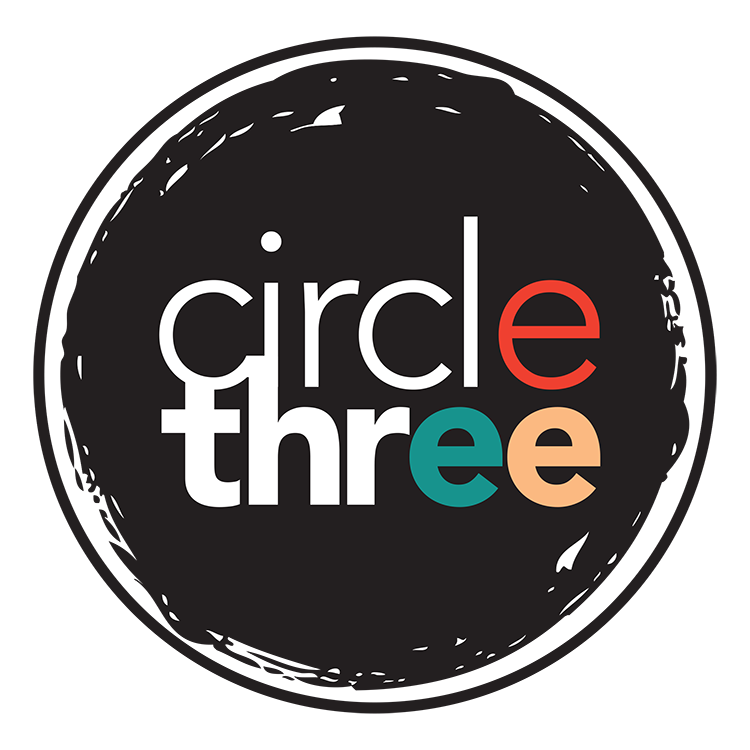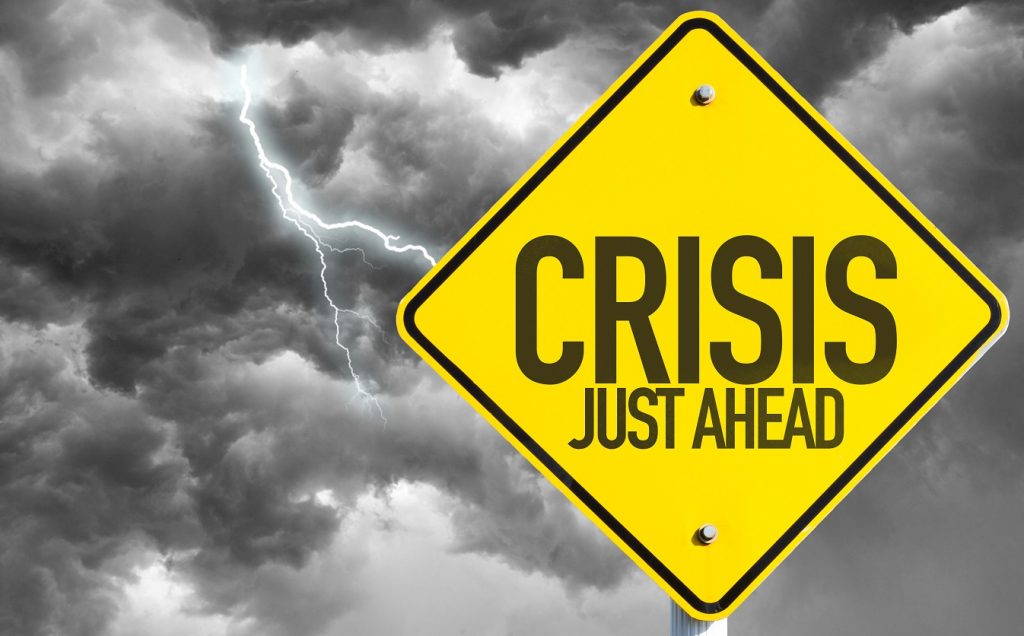The following is part of a series of guest posts by local leaders, originally appear on the Shafer Leadership Academy site. This post is authored by Jessica Shrout, owner of Circle Three Branding. She recently facilitated an SLA Lunch & Learn titled “Too Nice to Lead”. Let’s talk about Crisis Communication!
As a brand or a leader (you have a personal “brand” that your leadership promotes – even if you didn’t intend it that way), every move you make impacts marketing – from the things you say on the phone to the suppliers you choose to use. Everything you do sends a message to customers or followers about who you are, what you stand for, and how you do business. How you choose to react during tumultuous times is being watched by your target audience who will then choose which brands and leaders they trust and where to go for service in the future.
The potential crises that may arise and affect your marketing include everything from a national or regional crisis to a weather- or facilities-related disaster—or even a company or personal embarrassment. You may do your best to avoid conflict, but the most seasoned leaders know that these things happen – take COVID-19, for instance. Your best chance for survival is to have a crisis communication plan that is just as thoughtfully prepared as any physical emergency plan your company has in place.
The exact course of action will vary based on your brand, your customers, the platforms you use, and the extent of the crisis (and this can change so quickly), but there are some steps you can take that will provide clarity and help you choose a course of action.
Make sure your crisis communication plan includes these steps:
- Pause all upcoming posts, events and promotions. Automated social media posting services are a wonderful tool, but autopilot can be a curse when your tongue-in-cheek pre-planned post about “Taco Tuesday” launches right after the news breaks about a somber event or a company crisis.
- Take a breath. Don’t act until you have taken a moment to consider your options. There is a callous rush to be among the first to respond to an event with #thoughtsandprayers. Unless you are a news agency rushing to inform the public, this is an unnecessary risk. Take a break. Feel your emotions but keep them separate from the brand’s needs.
- Review your brand guidelines and company policies. Is there a policy in place about responding to an event like this? How would your brand voice speak about it if your brand was a person? Talk to management and the legal team. Listen to how your co-workers are handling it. Explore what your brand demographic is saying.
- Choose a course of action. You can always opt not to comment – and that may be the wisest option for your brand. Evaluate the potential response from your fan base for all your options. Ensure you have your team’s approval (and company alignment) on whatever course you choose and always act with sincerity. Your options include:
“Going Dark”—No messaging at all. This would be a day with no posts or comments from you or the company.
“Ops Normal”—Posting like normal, no acknowledgement of the issue. It’s a risky but sometimes good choice when there is an issue like a celebrity death that has little effect on your brand but may cause a disturbance if you post about it. Sometimes it’s best to ignore it and continue like normal.
Acknowledgement—Posting or releasing some statement and otherwise going dark out of respect or company protocol.
Hybrid schedule—An acknowledgment of the issue followed by your normal posting schedule. This is a good option when your brand has to say something, but you don’t need to close operations – and you want to avoid the overkill phenomenon where all your followers see is similar crisis messaging from all the brands they follow. It get’s boring. If it’s acceptable for your brand to send out posts, do so: we’re hungry for fresh, unrelated-to-the-crisis content. - Plan to fail. Even the sincerest post can trigger offense in someone: let’s call this a “micro crisis.” Not posting at all can also be a problem for some brand fans—”Hey, aren’t you guys going to say anything about this?!” Decide how you’ll handle the potential positive and negative responses and inform your team so that everyone is prepared, and emotions remain under control. When a micro crisis occurs and things get heated in the comments of your well-meant post, stop and step away from the computer. Go back to the beginning of this list and go through the steps again to formulate a plan to resolve this micro crisis.
That Said: Don’t Be Afraid to Take Risks
Some of the best marketing has come from someone brave enough to take lemons and make lemonade. Do you remember the Super Bowl XLVII blackout? Nabisco “won the Internet” with an incredibly well-timed tweet about how you can still dunk your Oreo cookies in the dark. Their marketing staff was well-versed in the brand’s guidelines and positioning and were prepared to respond to any Super Bowl-related events—and you can bet they had a disaster plan in place just in case that tweet did not go over well with fans. A “crisis” is a marketer’s time to shine. That’s why crisis communication is so vital: you can use it to save your brand or become a viral sensation.
In marketing and communications, you need to take every opportunity as a serious chance to promote the brand and its values even if it’s something as simple as the messages that go out during a pandemic. Providing fresh, interesting content could catapult your brand to stardom, but be careful: your customers are watching.

